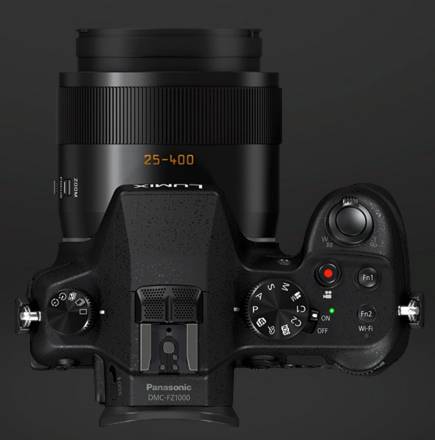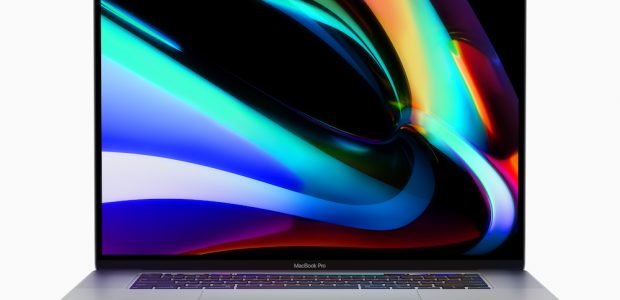by Michael Reichmann
A Bridge to Somewhere…
Oh yes, and this time with a number of very meaningful differences. So-called Bridge cameras are one of the categories of cameras that are doing well. Whereas the market for small cameras has been largely eaten by Smartphones, cameras with built-in long lenses and wide zoom ranges appeal to many photographers because they nicely address the need for something more than a Smartphone, yet less than an interchangeable lens DSLR or Compact System Camera.
The problem with Bridge cameras though (also called Superzooms when they have really long lenses) is that so as to have these long focal lengths (800 – 1200mm), they need to have really small sensors, otherwise the camera would be too large overall. Small sensors mean poorer image quality, and really long lenses in combination with tiny sensors just suck most of the time. Between small maximum apertures which are already close to diffraction, even wide open, camera shake (notwithstanding stabilization) and air shimmer at long focal lengths, these cameras have appeal, but rarely satisfy.
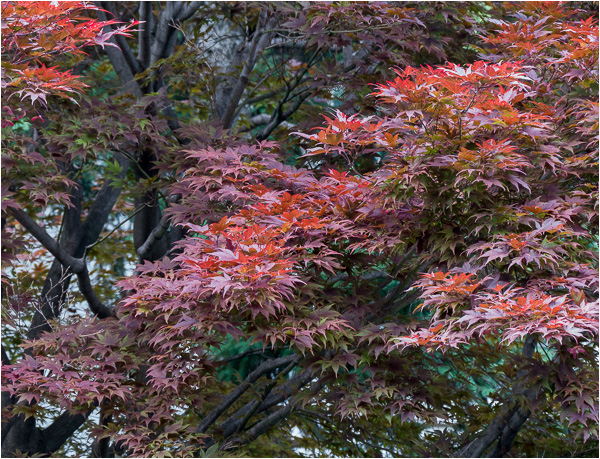
In Red. Toronto. June, 2014
Panasonic FZ1000 @ ISO 800
Panasonic Gets it (Mostly) Right
Camera design is the art of compromise. Sometimes these compromises are made for reasons of market segmentation, but mostly they are simply practical responses to both the laws of physics and the economics of manufacturing.
Small Size – Wide Aperture – Long Focal Length
Pick Any Two
By choosing to make theFZ1000about the same size as a chunky entry-level DSLR, Panasonic has found a combination that will likely meet the needs of a great many photographers, including some who might not have considered a camera in this category before. Here are the camera’s bullet point notable features…
– 20 Megapixel 1″ sensor. 4X larger than a typical Superzoom (but still smaller than Micro Four Thirds or APS-C
– 25-400mm f/2.8 – f/4 Leica branded lens (9.12 – 146mm actual)
– 4K video capability (3840×2160 UHD) at 30p. 100Mbps MP4
– 5 axis Image Stabilization
– 2.3M dot electronic viewfinder with 1M dot fully articulated rear LCD
– In camera 8-MP stills capture from 4K video
– Zebras and Peaking
– clean HDMI video out (4:2:0) only
Whew. That’s quite a list, and I’ve left out expected features such as Wi-Fi with NFC and a microphone input. A price of $899 and a ship date of late July, 2014 complete the initial picture.
In Hand
While the opportunity did not present itself while testing the FZ1000 to shoot an actual project,
the video testing that I had time for showed very high image quality to be possible with this camera.
TheFZ1000is a bit of a surprise when you first take it to hand. Compared to all interchangeable lens compact system cameras this Pany is chunky and heavy. It’s even on the large size compared to many APS-C sized entry-level DSLRs, with comparable lens, which you won’t really find.
Depending on a user’s needs and expectations this may or may not be an issue. For many, having a moderately fast lens ranging from 25 – 400mm equivalent (actually 9.12 – 146mm) will make the mass worthwhile. Though there are Superzooms with even longer lenses at the tele end (up to 1,500mm) these are in cameras with much smaller sensors, and image quality suffers accordingly. Also those cameras usually have maximum apertures of about f/6.3 at the long end, and are already into diffraction (image quality degradation) at that point.
Certainly the FZ1000 compensates for its bulk by having not just a lens with good reach, but reasonable maximum aperture; from f/2.8 to f/4. The smallest aperture that the camera can provide is limited to f/8 at all focal lengths, and that’s because smaller would end up into diffraction. This limitation shows that Panasonic clearly care to try and provide the user with as good an image quality experience as they can.

Bucolic. Clearview, Ontario. 2014
Panasonic FZ1000 @ ISO 125
The Elephant in The Room
In December of 2013 I worked with the Sony RX10 for a while and published my review here. There is no doubt that this camera served as Panasonic’s target and template for the FZ1000.
When you hold the two cameras side-by-side you see that there really isn’t a huge difference between them in size, though the ZF1000 does certainly seem chubbier. In return it offers a lens which at the long end offers double the focal length.
But, in addition to being somewhat smaller (though not much lighter) the Sony has a greater qualityfeel. The Panasonic uses more plastic surface materials, and also is not weather resistant, which the Sony is. On the other hand the Sony does not offer 4K video, which may be of significance to some, though the video quality from the RX10 is very good for a camera of its type. (I think that it’s fair to say that by the end of 2014 no new camera with enthusiast pretensions will be without 4K video capability.)
In the end price will be a large determining factor. The Sony RX10 is currently selling in the US for $1,298 while the Panasonic FZ1000 begins its retail life at $898, some $400 less. This price difference, along with the longer tele reach and 4K video capability will go a long way to securing a place for the Panasonic in the retail channel though many may find the RX10 a more satisfying object because of its higher build quality.
ISO Tests

Full Frame
Below are screen captures from crops of the above scene at 100% magnification. Based on these, other on-screen analysis, and making prints, I can say that at ISO 125 – 800 the FZ1000 produces raw images with clean noise characteristics. I’d regard ISO 1600 as the top speed for reasonable quality work.(I used a pre-release version raw converter of my preference. The provided Silkypix is not my cup of tea, to put it politely).


ISO 125
ISO 200


ISO 400
ISO 800


ISO 1600
ISO 3200
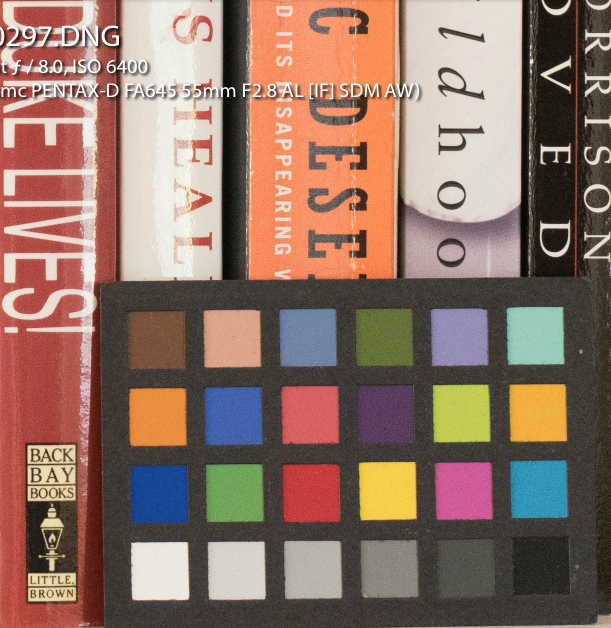
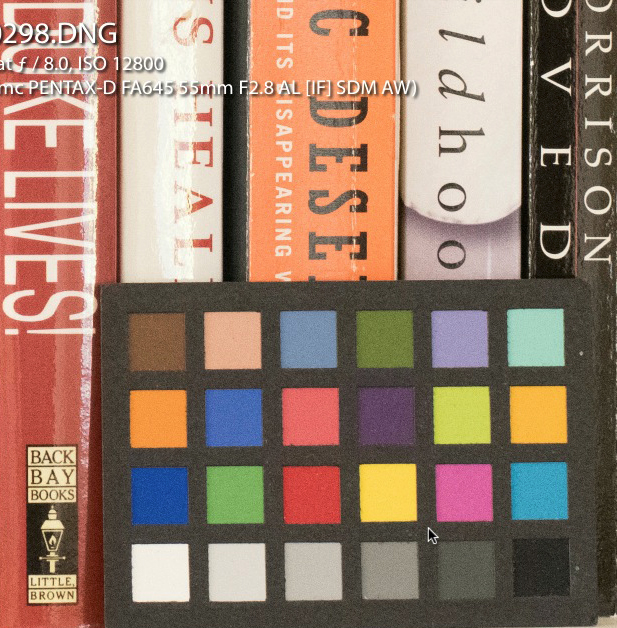
ISO 6400
ISO 12,800
On The Upside
On a features-for-the dollar basis it’s hard not to be impressed with the FZ1000. The key bullet points at the top of the page tell the main story, but it isn’t until you sit down with this camera and start to explore its capabilities that you realise what a wealth of picture taking and video generation capability is available.
I am very familiar with thePanasonic GH4. My review appeared here recently, and we own two of them which we now use for all of our video productions. The FZ1000 can be regarded as the GH4’s little (bigger?) brother. Placement of controls, availability of settings and features, all are very similar if not actually identical to those of the GH4. This is especially true in video. And when it comes to video, the 4K shooting ability of the FZ1000 is very enjoyable to use, and unless one is pixel peeping, very close to that of the GH4. Indeed the FZ1000 is at the moment the least expensive 4K camera on the market which offers comprehensive user controls. Keep in mind though that for 100Mbps 4K you will need a U3 speed rated SD card, and these not are inexpensive.
At its maximum 4K resolution, the FZ1000 records using pixels from an eight-Megapixel area at the center of the sensor. This increases the focal length crop facor by 1.48x, thus turning the lens from a 24-400mm equivalent into a 37-592mm in full-frame terms. Great if you’re into shooting long, but sacrificing coverage at the wide end.
The thing to keep in mind about shooting 4K is that it’s absolutely worth doing even if you only want HD, because it gives you improved image quality when you output in HD for the web or elsewhere. Also, when you need to make one camera position do the work of two, you can crop separate HD shots from a single 4K frame, as well as doing so-called pan-and-scan, which allows for movement on a single image with no loss of HD quality. (See short video above. The moves were not zooms, but pan-and-scan in Final Cut X).
Then there’s being able to extract 8MP stills from a 4K video stream. It’s like shooting 30 FPS stills continuously. And with the FZ1000 you can extract them in the camera as well as in your non-linear editing software. Very cool. Just don’t expect to make 13X19″ prints from these, and you’ll be fine.
There are far too many features to go into, including time lapse capability and RAWS at up to 12 FPS, not to mention totally silent shutter capability. Oh yes, and macro shooting even at telephoto focal lengths.
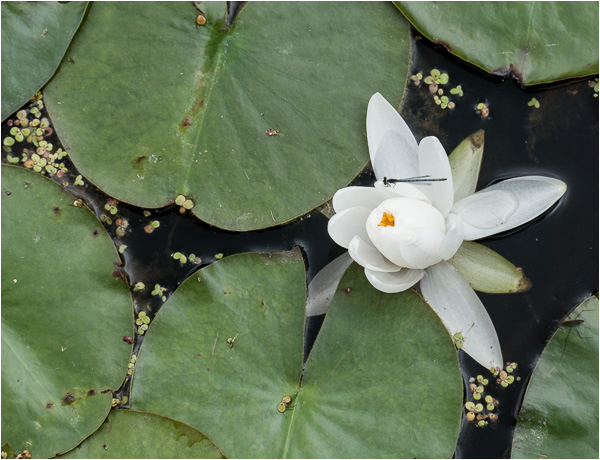
World in a Pond. Toronto, Ontario. June 2014
Panasonic FZ1000 @ ISO 125
This camera is availalble for purchase by clickingHERE
On The Downside
I have a few areas of concern. One is that there is no built-in ND filter. Panasonic has built a lot of video goodness into the FZ1000. Indeed many of the same high-end video features that make the Panasonic GH4 the most exciting video hybrid on the market. But on the FZ1000 they left out built-in ND filters. (Cameras like the GH4 don’t have built in ND filters, but their sensors are much larger, making this impractical. The issue is that the FZ1000’s competitors do.)
Hitting a certain price point was clearly one of the motivators for omitting a built-in ND, but the phrase “pay me now or pay me later”comes to mind. Anyone serious about shooting video with the FZ1000 will need to buy a variable ND filter and put it on the lens, or a Lee or Cokin filter rig. The Sony RX10 has a built in ND filter, so I see not having one is a disadvantage for the Panasonic.
My second major concern is that the tripod thread is off-center to the right of camera. This will bother some who do nodal point panos, but it bothers me because it’s impossible to have a tripod mounting plate attached permanently, since the base-located door that houses the battery and the memory card are very close to the thread hole. It means having to have an Allen key or a screwdriver or a coin always available and then going through the process of detaching and reattaching the plate. Not fun.
The lack of 24P in 4K mode simply seems to be a decision taken, not for technical reasons, but simply to protect the GH4. Amateurs won’t care, and will find 30P just fine, but for those who want to have 24p motion cadence to their videos, not having it available on the FZ1000 might appear to simply be a marketing decision made against their needs.
Then there’s the image quality at the long end of the zoom. This is where the lens on the FZ1000 lets the camera down. It just isn’t up there in support of the sensor past about 300mm. Given that the idea of a 400mm f/4 lens is so appealing, some critical testing on my part was a bit of a let down. Many users will find it adequate, and it’s likely comparable to a kit zoom on an interchangable lens camera. But, it just isn’t there for truely critical imaging.
In the end, the needs of the user will determine if the FZ1000 makes the grade. As an all-in-one camera with a moderately fast lens, a good and useful focal range, 4K video, fast burst rate and loads and loads of features, the FZ1000 will definitely satisfy. But for the discriminating photographer who may consider the camera for occasional use, for travel, or as a backup camera with a long lens reach, be aware that there are limits to what a 1′ sensor can deliver. Keep your expectations real, and you won’t be disappointed.
July, 2014
You May Also Enjoy...
Telling The Story
I began my photographic career in the late 1960's as a photojournalist. For ten years I worked freelance for numerous magazines as well as on
A PowerBook Once Again?
FacebookTweet 28 years ago this fall, Apple released the first Mac PowerBooks. They weren’t actually the first portable Macs. Outbound Systems and a couple of
